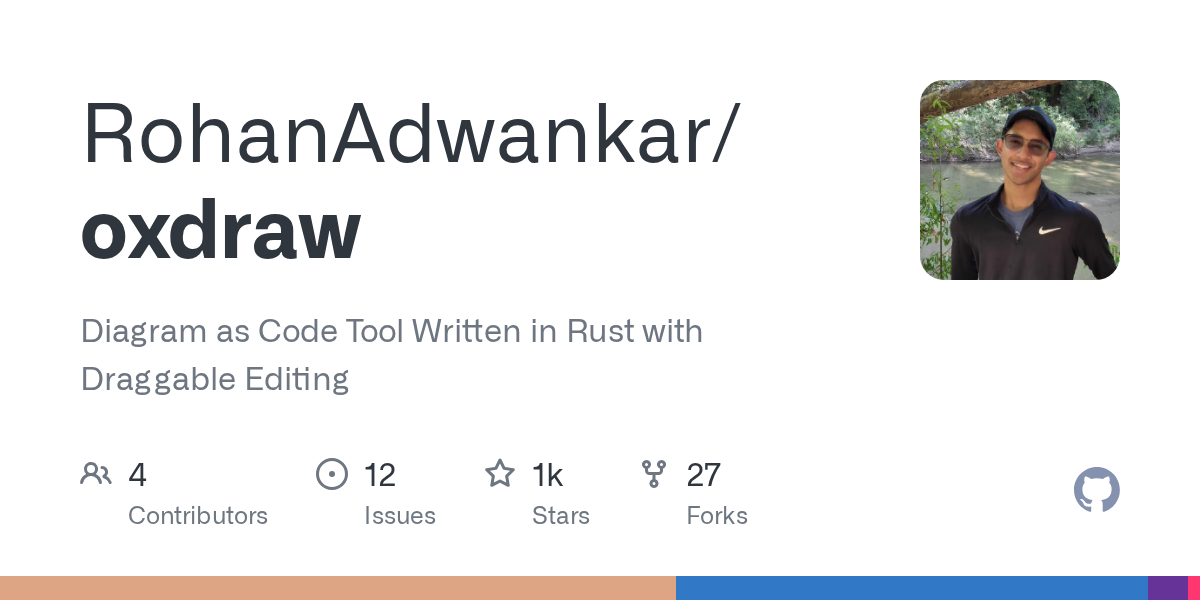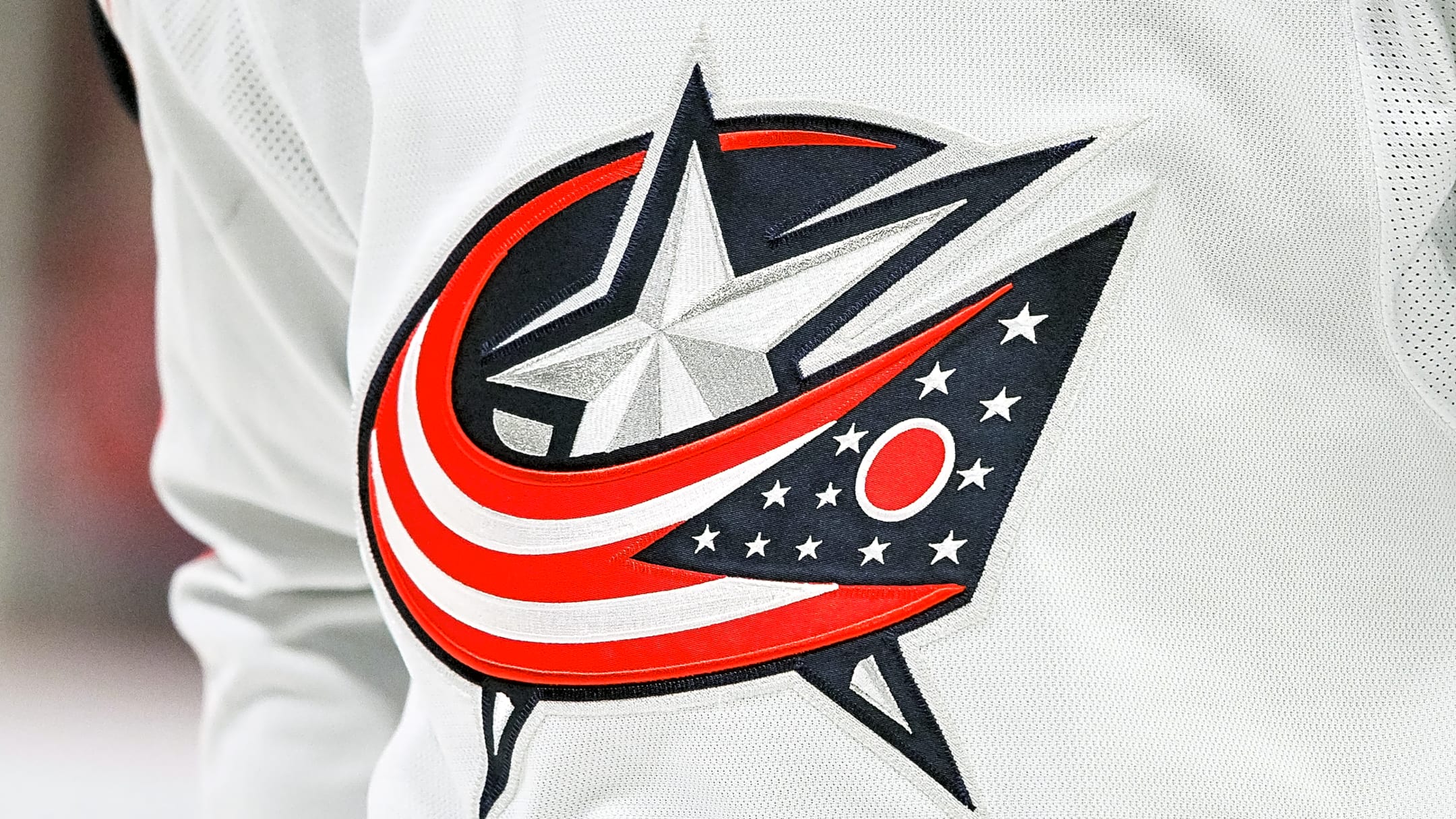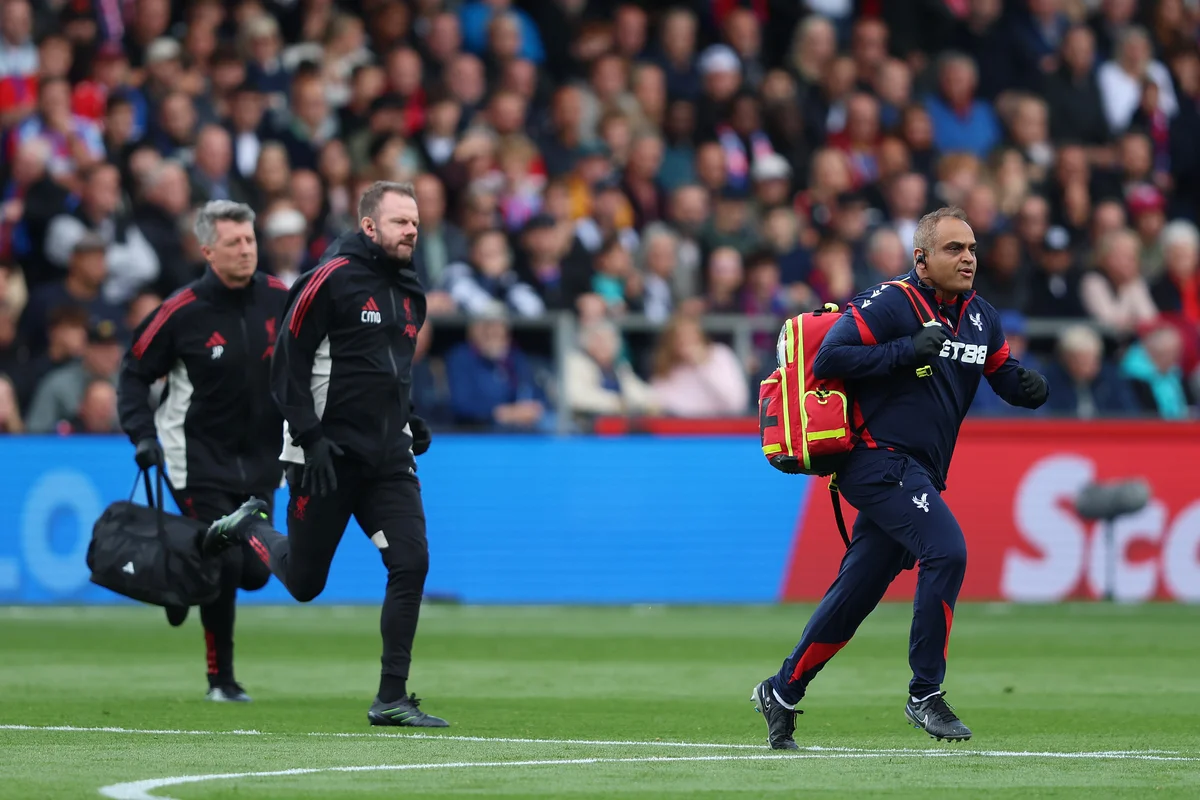Copyright github

The goal of oxdraw is to make it easy to create and maintain high-quality diagrams using a declarative and reproducible syntax. Charts are written in Mermaid syntax, while a web interface allows users to fine-tune positions connector paths, colors, and other styling components. Whenever a diagram is tweaked visually, the structural changes are persisted back to the source file as declarative code so that everything remains deterministic and versionable. The changes are saved as comments in the mermaid file so it remains compatible with other Mermaid tools. The repo is composed of the Rust CLI to compile .mmd files into images and the React based web interface to editing the files. The reason I started this project was I used Mermaid a lot in the past when making architecture diagrams or trying to understand large codebases through having AI tools generate .mmd files to visualize them. However what typically happened was since these diagrams couldn't be edited minutely for example cleaning up joints and chart organization, I would have to move over the diagrams I started to things like Lucidchart. So the big picture goal of this project is to unite the benefits of code generated diagramming like Mermaid with the customizability of diagram software like Lucidchart. Canvas and editor interactions Drag nodes to update their stored positions with grid snapping and live alignment guides; Shift+Arrow nudges the selection in grid-sized jumps. Drag edge handles (or the label handle) to reshape routes; double-click an edge to insert a handle and double-click a handle to remove overrides. Drag an entire subgraph container to move all of its member nodes (and any edge overrides) together while maintaining separation from sibling groups. The source panel mirrors the Mermaid file, auto-saves after short idle periods, and surfaces pending/saving/error states alongside the current selection. Status text in the top toolbar signals loading, saving, and the currently edited file path. The path drawing algorithm is fun because there is a lot of ambiguity with what optimal behavior could be. Some prefer smooth lines because there is less total line but I prefer strong edges to make the diagram a bit more clear. Some prefer no overlapping lines but I sometimes prefer an overlap rather than letting the lines get super long and string out of the diagram very far. This is an example of using the delete key to remove one relationship and then using the arrow keys to move around one the nodes and seeing how the algorithm recomputes the positioning. There's definitely some improvements to be made to this algorithm so I imagine this will keep getting better :)



